Team Tested: Fox Float CTD Boost Valve with Trail Adjust Review

The Float CTD came out in late 2012, and was pretty forward thinking for that time. Change the damper setting on the fly with a simple flip of the switch? Even though the technology existed, Fox made it much easier to understand the idea of opening and closing down the damper and the effect on performance, by giving it simple, easy to understand names.
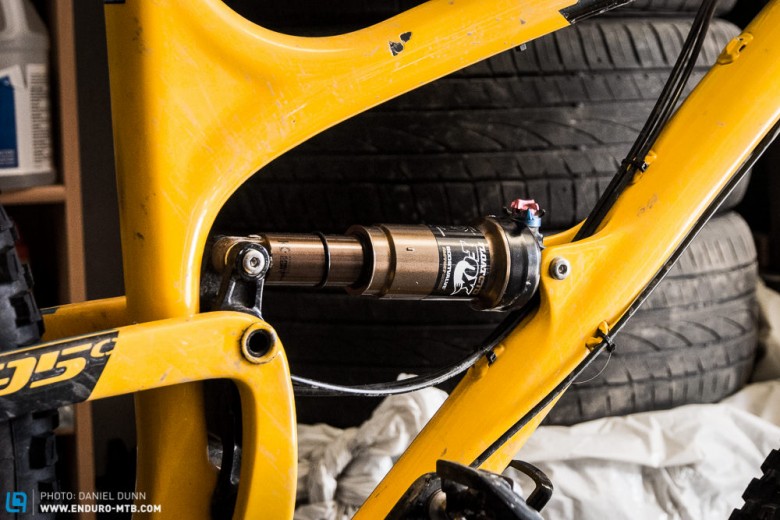
CTD – Climb, Trail, Descend
The shock comes equipped on many trail bikes featuring 100-160 mm of travel. It’s lightweight and does a great job performing for the targeted market. It’s a huge selling shock, and has become almost a “standard” which other shocks are measured by. CTD stands for “Climb, Trail, Descend” and it’s pretty easy to figure out what those settings are good for. A lot of riders don’t want to deal with tuning their shock, and the Float CTD made things simple and very easy to adjust.
Making Changes
The shock was a bit too linear for my personal tastes when I started using it. Some love that. If you want more progressiveness, air spring volume spacers from Fox offer a quick and easy means to adjust your shock’s air spring compression curve. I used one small spacer and it took the curve much more to what I personally wanted. Easy enough. Great!

Riding in Trail mode means the small bump performance is less, but also makes pedaling snappier. What’s more important to you? At least it’s just a quick switch (going into Descend mode) to gain back that sensitivity and overall plushness.
Maintenance
Over the summer, the performance of the shock seriously degraded with riding time. The first clean and rebuild, or maintenance prescribed by Fox comes at a ride time of 25 hours. That could be a week or two for some riders, or most of the summer for other riders. I blew it big time. I went way past that mark, not on purpose, but just because I’m busy and life happens. The shock started to ride as if it was in Climb mode all the time. The initial stichtion on the travel was apparent and too much. Small bump compliance was almost nil. I was not happy.
With the clean and rebuild by Fox techs, there was a night and day difference and things were working properly again. I was happy! The shock was working as it should. Which leads to the next point.
Stick to the maintenance schedule recommended by Fox. Not only will you be happy with the performance of the shock, but you’ll be seriously helping to maintain long term performance by avoiding any wear spots. New, clean oil and seals work wonders to help keep things clean and smooth. You’ll also be keeping the overall resale value of the bike higher should that be important to you. We all want new bikes down the road, right?
If enduro racing is your thing, especially those races with long downhills, and possbily on long travel (150-170mm) race bikes, other offerings, from Fox or different manufacturers, might be better options for you. (Fox Float X, Rock Shox Monarch Plus, Cane Creek DB Air.)
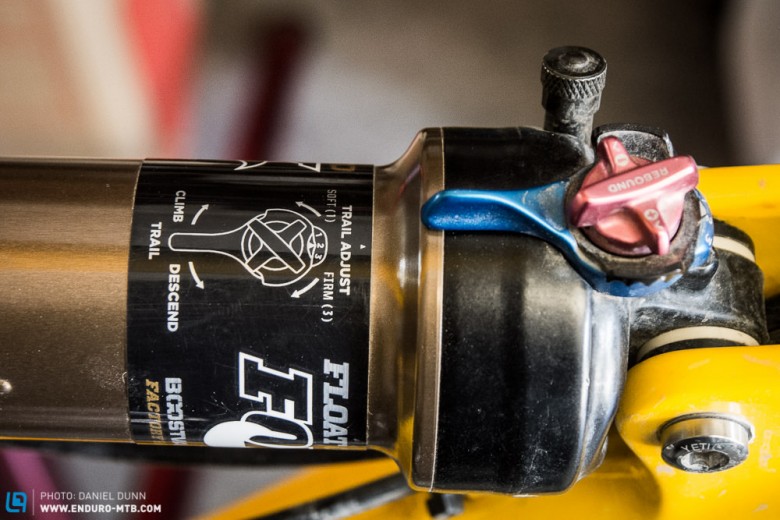
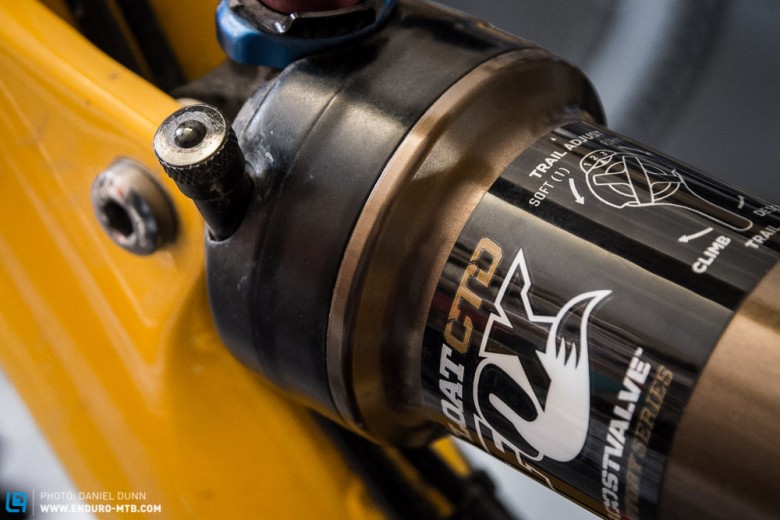
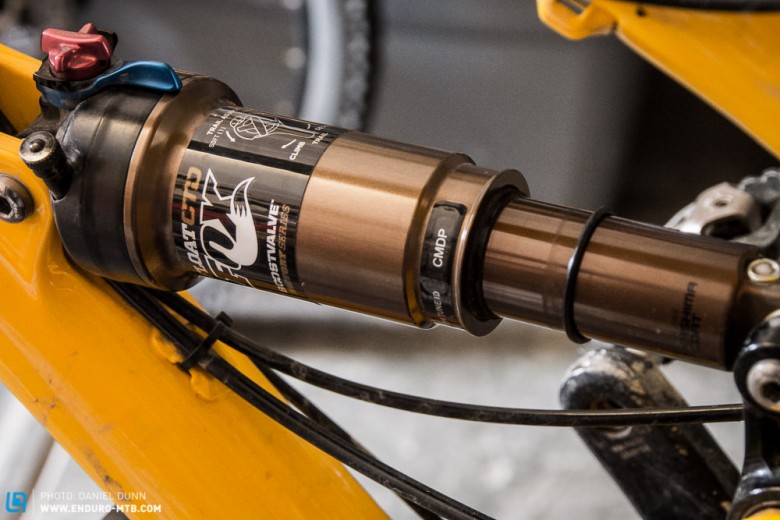
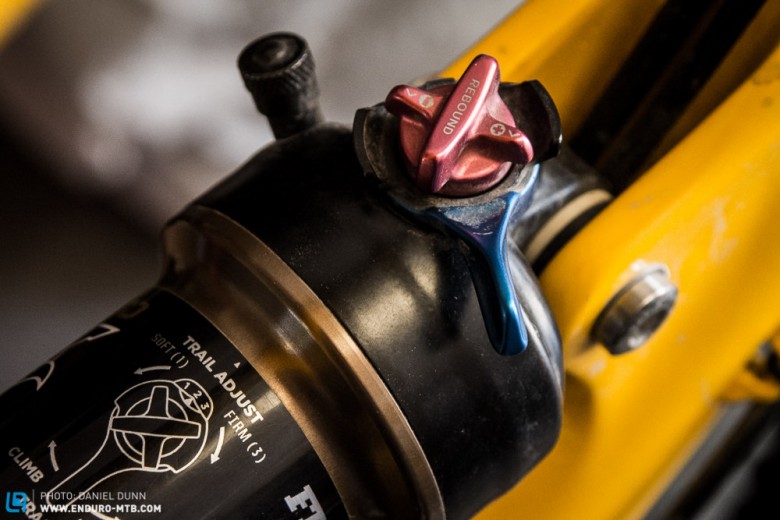
Overall, this shock does a very nice job for it’s target rider or riding style. Everyday trail riding. What most of us do five times a week. Lightweight, easy to clean and service, lots of performance, with the ability to make changes to suit your personal preferences.
Words, Photos: Daniel Dunn
Did you enjoy this article? If so, we would be stoked if you decide to support us with a monthly contribution. By becoming a supporter of ENDURO, you will help secure a sustainable future for high-quality mountain bike journalism. Click here to learn more.







